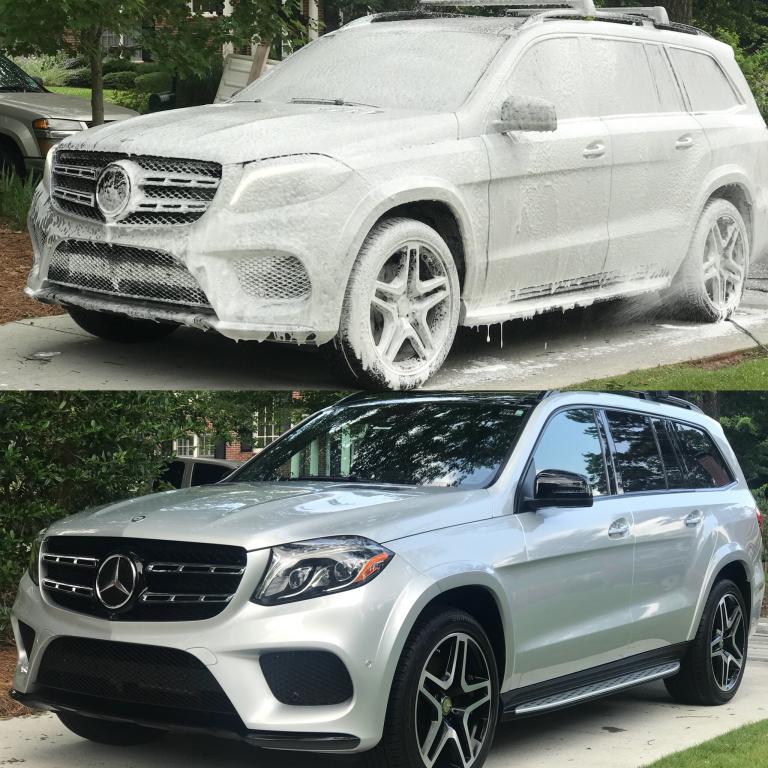Paint Protection
If you call and ask about our car detailing and paint protection services you’ll hear us mention that we use a clay bar and sealant process as our baseline detail; but what does that really mean? A clay bar serves the function of removing contamination from the clearcoat; this includes minute particles, metal shavings, bugs, tar, etc. The reason this is so important and vital to the detailing process, is that when use an orbital buffer to apply sealant or do any sort of paint correction, instead of picking up that contamination and damaging your paint, it fills everything in and creates a smooth reflective surface. Once the paint has been decontaminated we use top of the line sealant products that achieve not only hydrophobic paint protection (paint becomes resistant to water and dirt), but a high level of luster and shine. We recommend having this service done at 1-6 month intervals depending on exposure to the elements and personal preference. A car that has always been maintained is much less likely to have the clear coat peel and start to degrade and rust over time, like you commonly see with older vehicles. This is why the investment in proper paint protection is so important to the health and vitality of your car’s paint. Scroll down to read about the main difference between sealant and wax.

Sealant vs Wax
What is the difference between a sealant and a wax? A wax is a type of sealant; however the synthetic sealants that we use are made of liquid polymers that chemically bond to your surface to create longer lasting protection than traditional carnauba wax. Our sealants usually last between 2 to 6 months depending on exposure to the sun. No two cars are the same, so depending on thickness of your clearcoat and various other factors such as color, we have several different products that we use, ranging from Meguiars to Chemical Guys, along with top-of-the-line commercial brands that aren’t openly available to the public. Ceramic coating is also a “type” of sealant.
